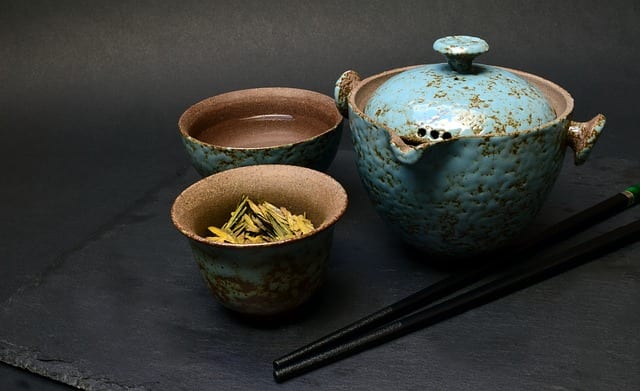Ready to start teaching English online?
Teach with VIPKidOne of the first things you notice when learning about Chinese culture is the prominence the color red has. The flag is red, the little envelopes given during Lunar New Year are red, and the lanterns hung up for festivals are red! Similar to other cultures, every color has a particular meaning in Chinese culture. These meanings are widely known in Chinese communities and the unspoken understanding of what these colors stand for is steeped in the culture’s history. The Chinese interpretation of these colors are based on the ancient Chinese Five Elements Theory. The five elements include fire, earth, wood, water, and metal. Some of the traditional color meanings are still held today, though some colors’ meanings have shifted in modern times. Read on below to know what red means in Chinese culture, as well as other colors and their significance!
Red
Red is a lucky and auspicious color in Chinese culture. Red is associated with the fire element, which represents life, vitality, and light. Because it’s viewed so positively, red symbolizes happiness, success, and good fortune. The meaning of the color has not changed much throughout history, but it is most commonly seen during special occasions, like festivals and weddings. In fact, Chinese wedding dresses are typically red! Because of how joyous the color is, it is extremely inappropriate to wear red at funerals.
Yellow
Yellow is also a favorable color in Chinese culture. Yellow is associated with the earth element and was worn by emperors of the early Chinese dynasties. Because of this, yellow traditionally symbolizes power, heroism, and harmony. It is often used as an accent color for red festive decorations during special occasions. However, yellow has a much different connotation in modern times. It is now associated with sexually explicit materials, so take care about discussing this particular color with your students!

Green/Blue
Green is the color for the wood element, which represents growth and fertility. Following this concept, green often symbolizes wealth, hope, and regeneration. On certain food containers and tags, green labels indicate the products are organic, toxin-free, and/or without pesticides. However, green does have some negative connotations in modern times, such as jealousy and infidelity.
Blue is often in combination with green and can also represent the wood element. However, unlike green, blue symbolizes healing, longevity, and calmness. When blue is mixed with green, it comes the Chinese color “qing,” which can symbolize heaven or describe different natural features.
Black
The water element is represented by the color black. Black is considered to be a neutral color, so it historically has both positive and negative symbolism. It is associated with stability, knowledge, and power on one hand, but it also is associated with destruction, evil, and sadness on the other. It should not be worn at weddings, though it’s not the color to wear to funerals (more on that below). In present times, black isn’t avoided like the plague and is a common color to wear, especially to formal and professional occasions.
White
The last color of the five elements is white, which is associated with the metal element. Similar to black, it tends to have both positive and negative connotations, but white is usually seen as an unlucky color. In a positive sense, white symbolizes innocence as well as purity. But in Chinese culture, white is also symbolic of death, mourning, and ghosts. Nowadays, people wear white in their everyday life, though it is still avoided in certain contexts. At Chinese funerals, you’re supposed to wear white, not black. And wearing white to festive, happy occasions is considered taboo.
Similar Article: The Top 5 Most Popular Dishes In China
Similar Article: How China Gets Merry During Christmas


